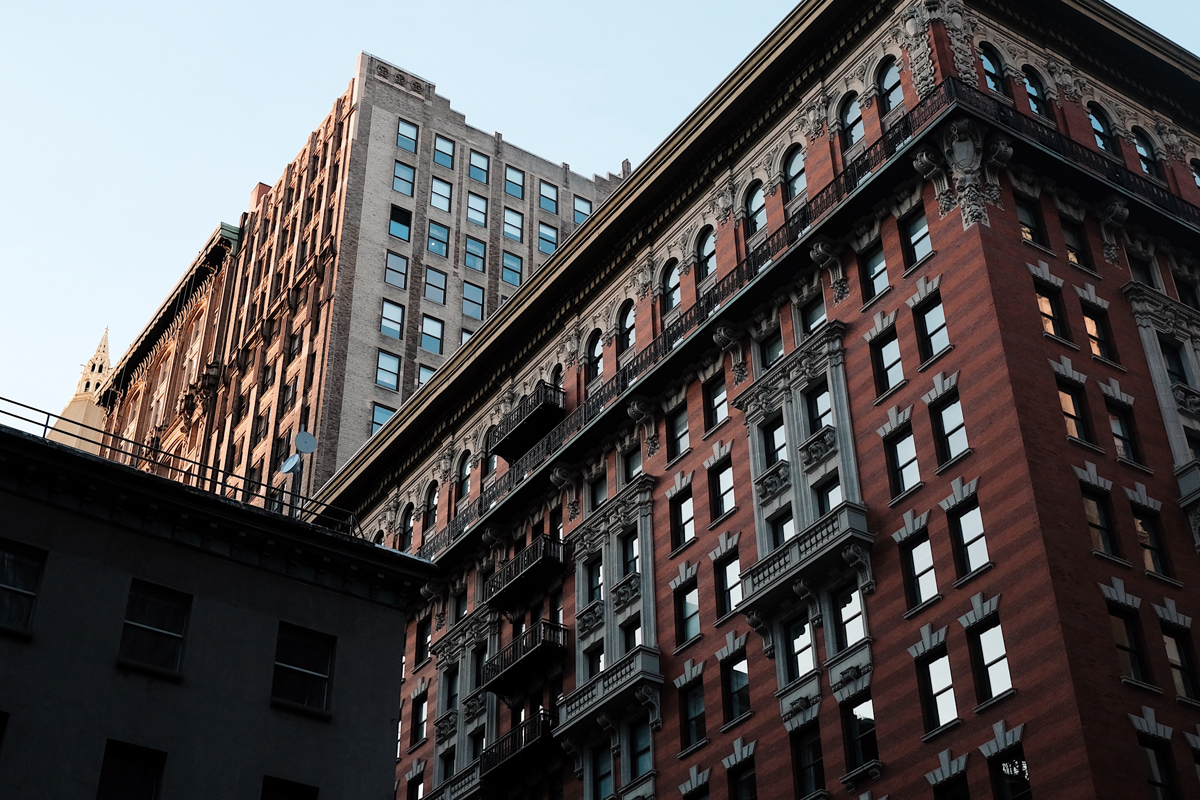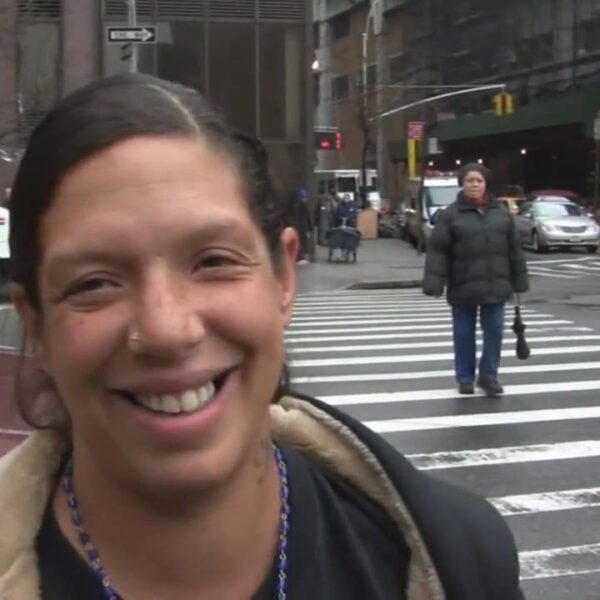My husband and I sat anxiously on the floor at the back of a crowded courtroom. For nearly eight hours, we waited for our names to be called. One by one, I watched families lose their homes. An indifferent judge sat front and center, seemingly quite annoyed and unhappy to be there. Numerous, very expensive lawyers paced back and forth in the hallway. Few were there to represent tenants losing their homes. Instead, they were paid to help grow New York City’s homeless population.
I wondered how many people were risking their jobs to be there. How many were missing work for the pathetically-small chance they would win their case? How many would not be on a path to homelessness by the end of the day? Who would be homeless by the end of the month, or worse, by the end of the week? In that moment, none of us could afford to lose our jobs.
Then I wondered if there was even a point to showing up at all. Considering we’re all going to end up at shelter in-take anyway. That is the kind of hopelessness I felt sitting in that courtroom.
Any faith I had in the justice system quickly evaporated. With a pile of stipulations in hand, I kept coming back, month after month, to scream, yell and cry at a gang of lawyers. And I would do it again and again, at least once a month for eight months.
It was at this point that I could not go back. The veil had been lifted and the world had changed. Truthfully, I believe the system as it stands today is working as intended. You cannot convince me what I am experiencing is not systematic poverty.
This is class warfare.
That being said, it’s not surprising homelessness in New York City has reached the highest levels since the Great Depression.
According to the Coalition for the Homeless, nearly 134,000 homeless people resided in the NYC municipal shelter system last year. More than 45,000 were children. The number of New Yorkers sleeping in city-run shelters is nearly 65% higher than it was just 10 years ago. Keep in mind, these numbers don’t reflect those who reside in private (or other) shelters. Nor does it include those sleeping in cars, in parks, on trains, and on the street. As for these numbers, it’s best to take it with a grain of salt.
In fact, it’s actually quite impossible to obtain an accurate homeless count. For example, the U.S. Department of Housing and Urban Development (HUD) only counts those who are “literally homeless” at point-in-time. That definition does not cover people who are precariously housed, or could potentially become homeless in the very near future. So, people sleeping on a friend’s couch or living in a motel aren’t counted, even though their living situation is far from stable.
This is a problem because grabbing a motel for a few days is a very common practice among homeless people. One of the most common health concerns among homeless people is both lack of rest and sleep. A hot shower and a warm bed for a few days can make a huge difference in long term survival, so many do so when they can.
To no surprise, we did eventually make it to shelter in-take.
Just as we sat in a crowded courtroom, shoulder-to-shoulder with soon-to-be-homeless families, we did so here as well. Across from me was a large family of six laying together on the floor. They rested their heads on trash bags full of their belongings. Many cried, some wailed at their despair. Another couple just arrived by cab with two luggage bags in hand. We sat together, easing each other’s anxiety, as we awaited our fate.
I was stunned by the familiarity in our stories. Whether it was a hike in rent or sudden job loss, it was clear there was definitely a trend here.
To illustrate, research shows the primary cause of homelessness, particularly among families, is lack of affordable housing. Surveys of homeless families have identified the following triggers of homelessness:
- eviction
- doubled-up or severely overcrowded housing
- domestic violence
- job loss
- hazardous housing conditions
When I arrived in NYC in 2011, my rent was $990 for a large one-bedroom apartment in Washington Heights. Today, it would be very difficult to find a studio apartment for under $1,500 in that same neighborhood. Crowded apartments are common because families can’t afford anything larger than a one-bedroom. Needless to say, affordable housing is scarce. Section 8 applications are closed, and the waiting lists for public housing are long and rigorous.
Using the Shelter System to Secure Housing
There is a hard-to-miss phenomenon among New York City’s municipal shelter system residents: Many have purposely entered the system for the resources and advocacy to secure an apartment in one of NYC Housing Authority’s 325 public housing developments. Over 560,000 New Yorkers are served by NYCHA’s public housing units or Section 8. For public housing alone, the wait list is a minimum of two years, if not more.
With all things considered, it makes sense a new working poor class is emerging in New York City’s shelter system. They’re stuck between a rock and a hard place. Wages aren’t high enough to rent a typical apartment, plus there is a lack of affordable housing. The result: an entire class of people ends up relying on homeless shelters to house their families.
What happens when the shelters are full? And when the hotels DHS already uses to house homeless people become full? Then what?













